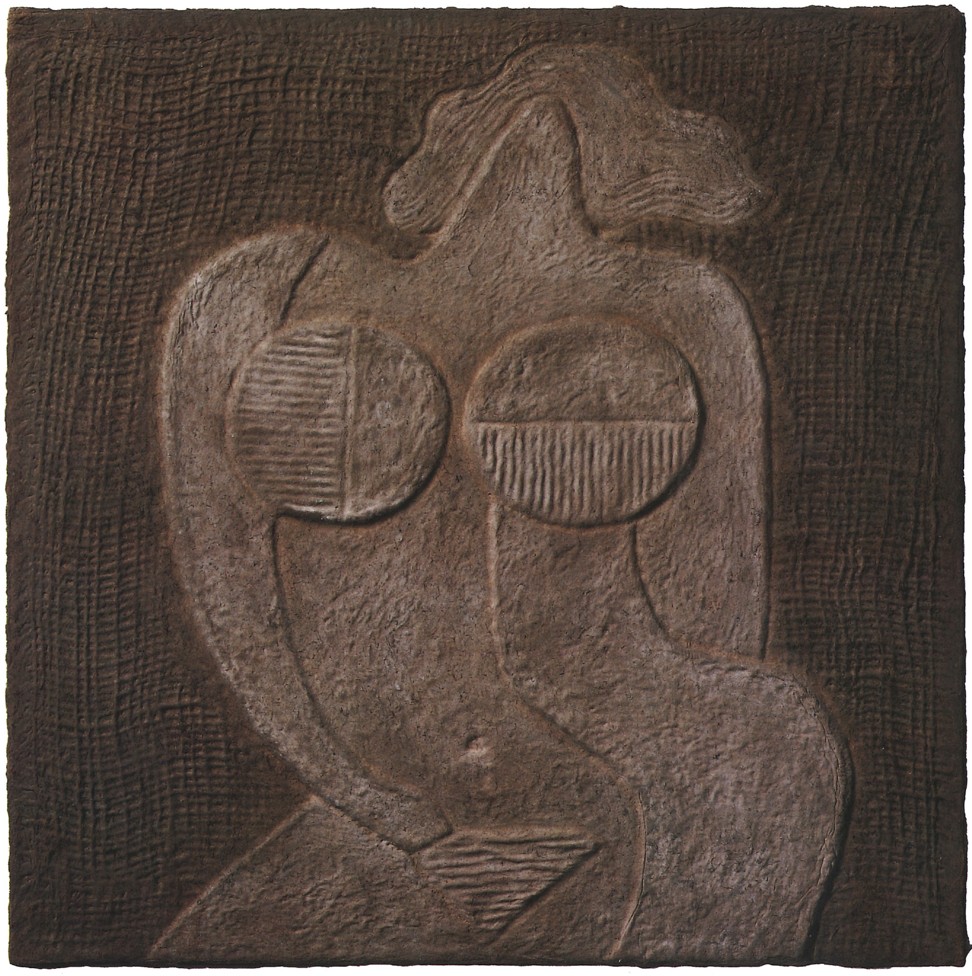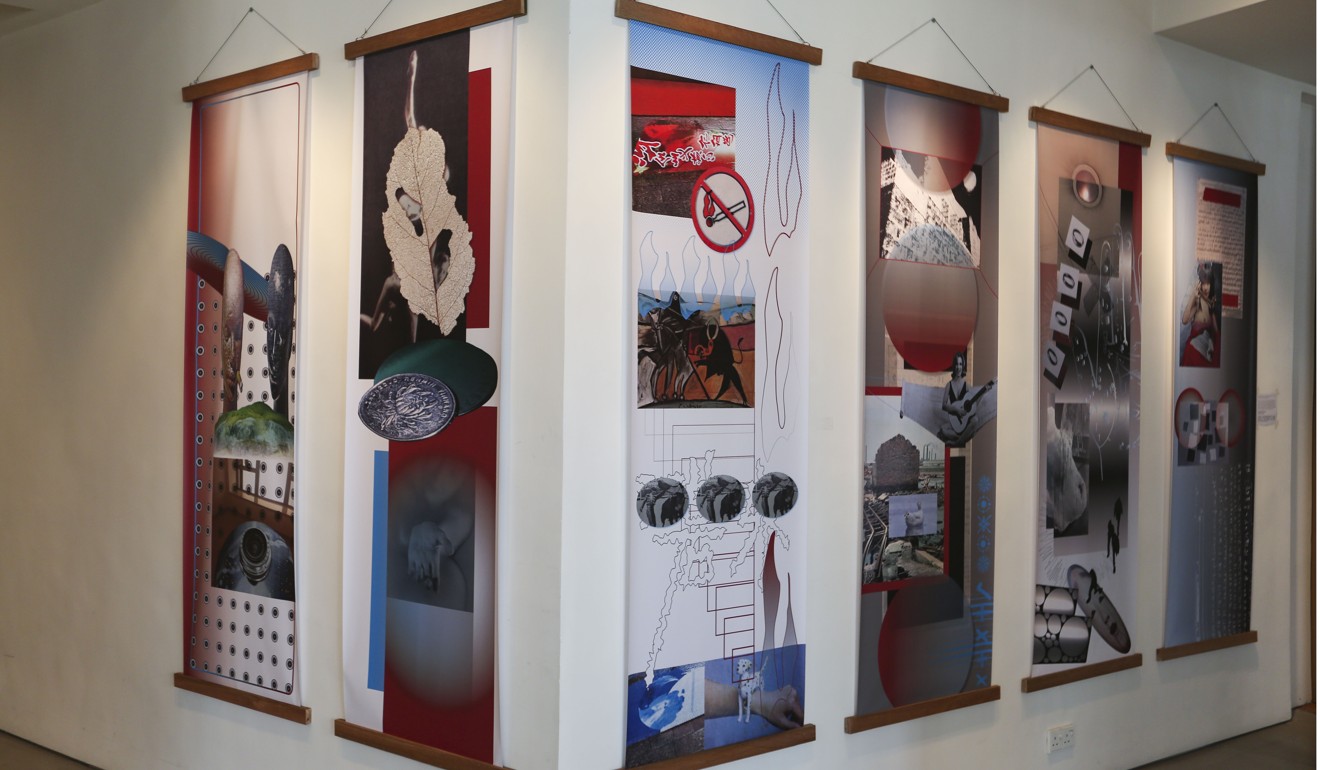
Exhibition celebrates late Hong Kong artist Ha Bik-chuen
Spring Workshop show recalls Wong Chuk Hang’s glory days as a creative hub
I often walk through the mess of Aberdeen Square on my way home, but I have never paid much attention to the sculpture in the middle of the sitting out area that is, more often than not, obscured by festive lights and community banners.
Now that I know more about the artwork, I feel like parting the waves of diners that spill from the fast-food joints around the faux-traditional garden, squeezing through chattering old folk at the water fountain that’s rarely turned on, wading through the shallow pond and giving the sculpture’s pair of brown sails a reverential rub.


A short film explains how Sailing in the Sun was Ha’s big break as an artist. In 1978, Hutchison Whampoa organised a competition to design a sculpture for the public square in the middle of Aberdeen Centre, its new residential development. At that time, Ha was not well known in the arts scene, earning his living from making paper flowers, greeting cards and decorative relief paper prints, but he was determined to be recognised as a serious artist.
He entered the contest – and won the top prize of HK$12,000. His abstract design featuring sails under a red sun was put in place the following year, perhaps to compensate for how the new buildings blocked any view of the sea.

The new exhibition includes prints, the original design and model for Sailing in the Sun, examples of the things he collected (including lists dating back to the early 1970s of artists who didn’t bother to thank him for his Christmas cards – Ha wasn’t one for letting things go), wood blocks he used for making relief paper prints, and a series of vertical banners designed by Suze Chan that reference recurring motifs from Ha’s works.

In such a fast-changing city, it is perhaps surprising that Ha’s sails still stand in a square untouched since the 70s, though the setting is tacky and the sculpture, defaced by bird droppings, appears somewhat unloved.

Sailing in the Sun was one of the first public art commissions given to a Hong Kong artist. Today, it competes for attention with McDonald’s and KFC. But as regulars in the square point out, its presence is a source of comfort, a constant through the years.
Until December 10, “John Batten x Ha Bik Chuen Archive” will be shown concurrently with two other exhibitions, by artists Tiffany Chung and Koki Tanaka, that respectively explore the experience of Vietnamese refugees in Hong Kong and the history of the city’s social movements.
Spring Workshop is open Tuesday to Friday; 12pm to 6pm, at 3/F, Remex Centre, 42 Wong Chuk Hang Road, Aberdeen.

